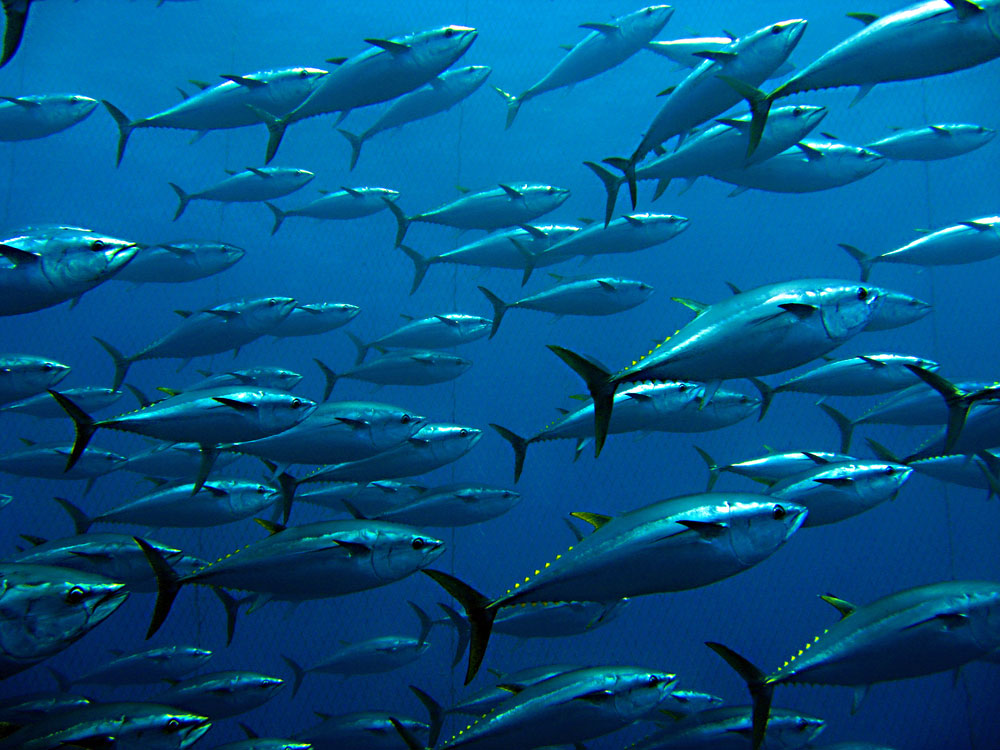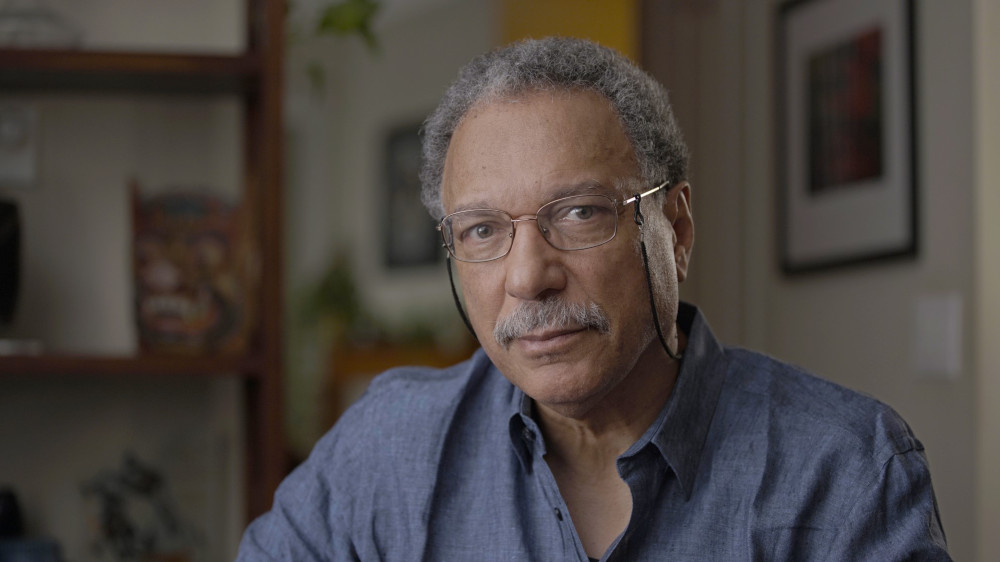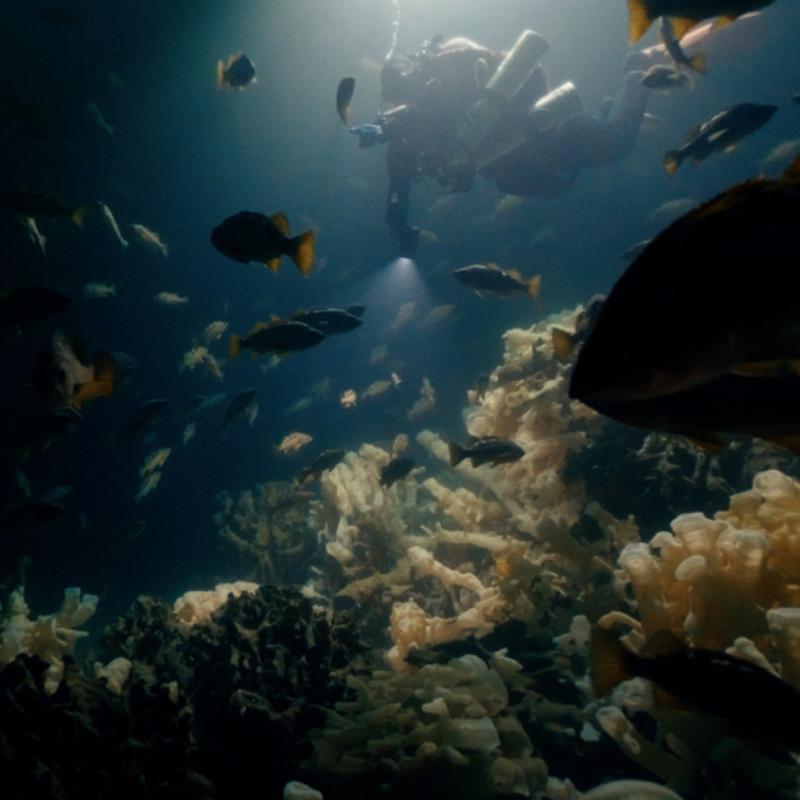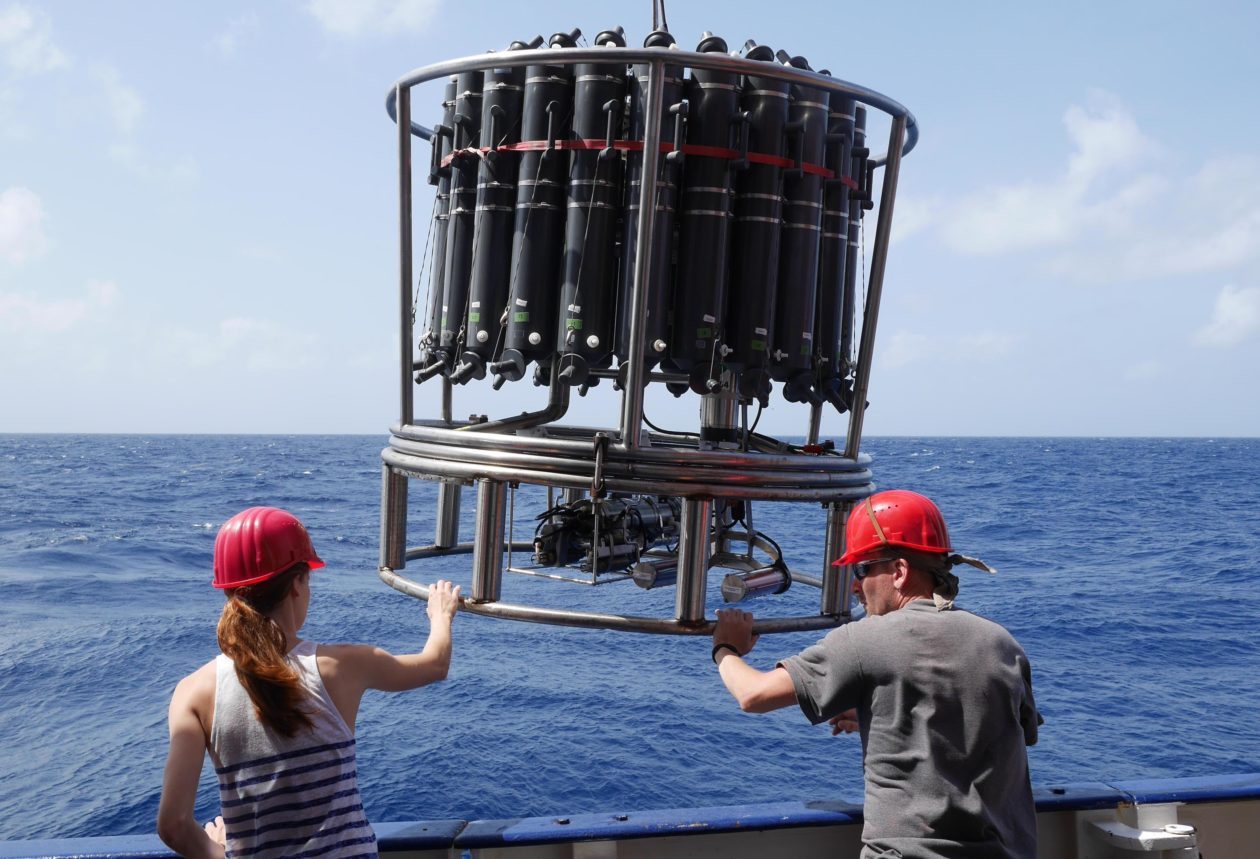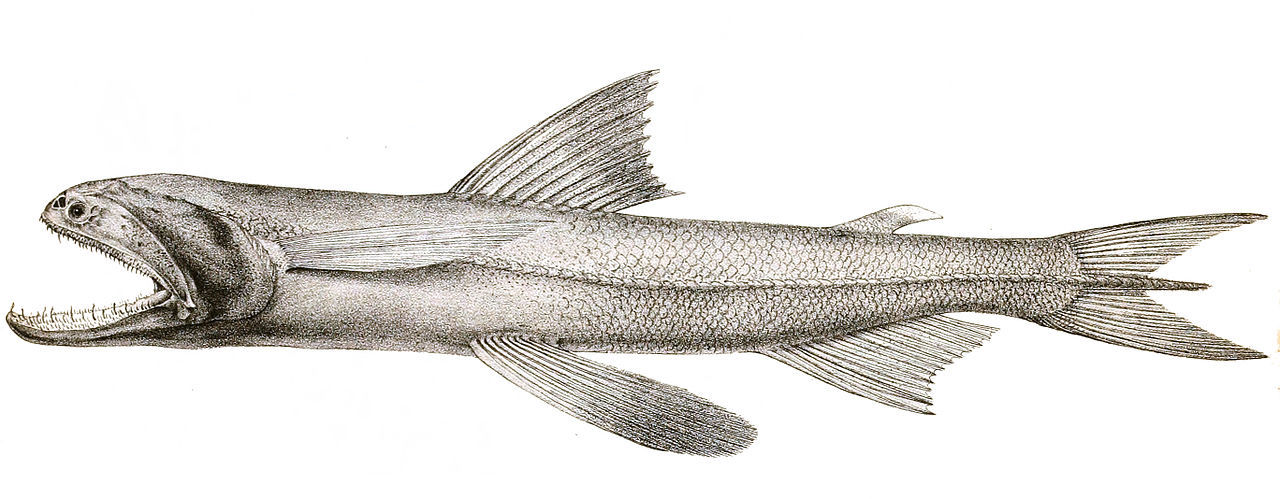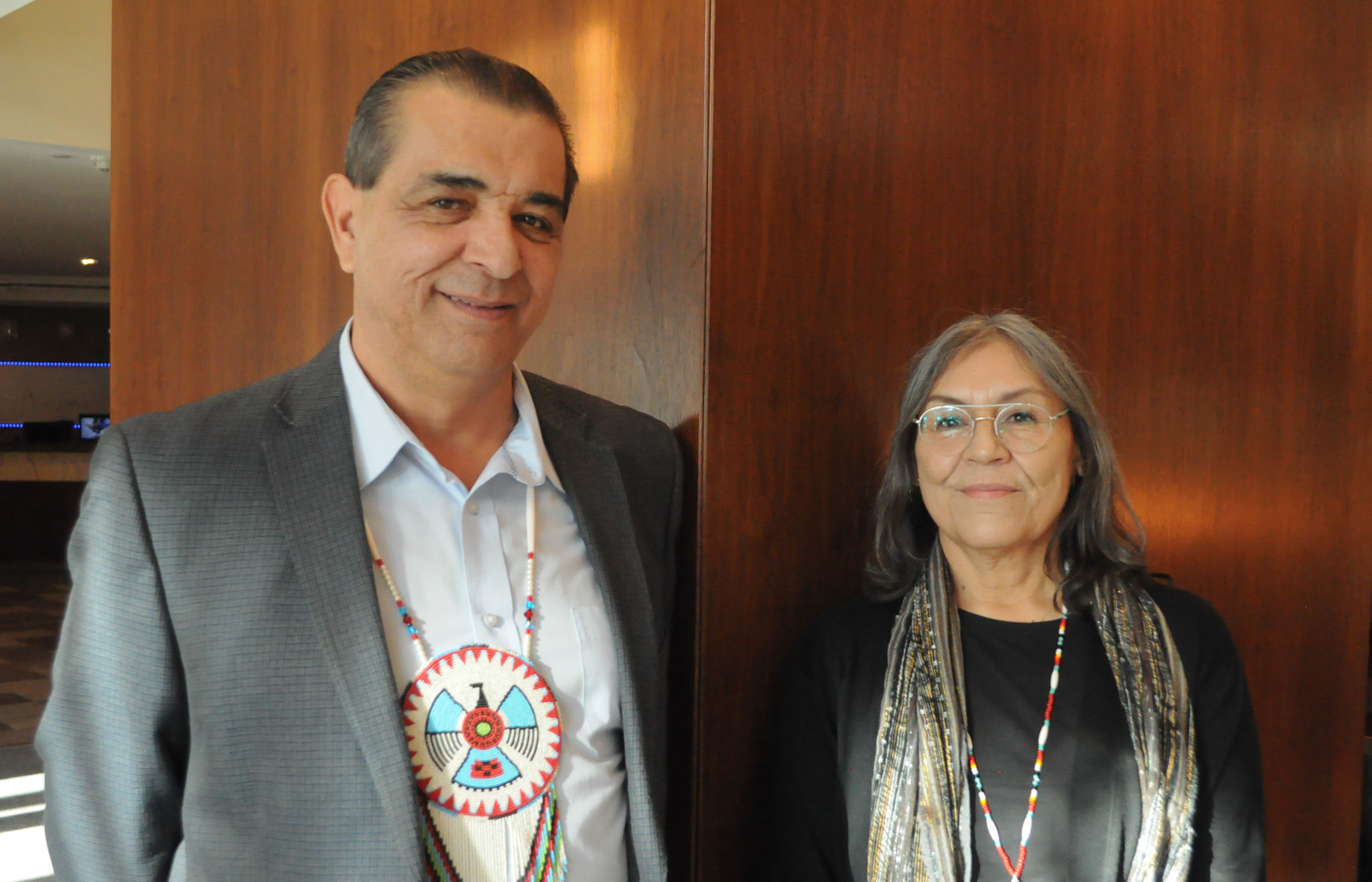Topless sunbather in northern B.C. files complaint against RCMP after being warned of criminal charges
'It was wrong,' says Prince George, B.C., resident Lynn Blatta
A Prince George, B.C., woman who sunbathes topless in her backyard has filed a formal complaint against the RCMP after she says an officer knocked on her door and told her she could face criminal charges for going bare-breasted.
Lynn Blatta's experience brings to light a grey area in Canadian law, which contains language around nudity on both public and private property but also leans on provincial court judgments that have found nothing legally wrong with women going topless or nude in public.
Blatta says she has been going topless in her yard since April, taking advantage of warm weather by reclining in her pool.
In the same month, she says she started walking around topless in her yard, which has a fence that ranges from about four feet to six feet in height. Her house is in a residential area and is next to an elementary school.
Blatta says she heard nothing in the way of complaints in April or May. But, on the morning of June 26, she says an RCMP officer paid her a visit.
"I had the RCMP pop over here and knock on my door and tell me that I could be charged criminally for sunbathing topless," Blatta told CBC News.
"It was wrong, and I argued with the police officer at my door … He was telling me I can be pressed with criminal charges, and I'm like, 'I know that's not true.'"
Blatta says the officer kept pressing the issue, pointing out that Blatta's property borders on school grounds.
"I let it go, and I let him leave, and then the next day I tried to bring it up with the detachment but I was not allowed to speak to the officer in charge or the staff sergeant," she said.
Blatta says she ended up filing a formal complaint against the RCMP.
Cpl. Jennifer Cooper, media relations officer with the Prince George RCMP, said in an email to CBC News that "as there is an open public complaint investigation in relation to this matter, it would be inappropriate for Prince George RCMP to comment further on the subject."
Courts have supported women's rights to go topless
The Criminal Code of Canada says it is illegal to be nude in a public place "without lawful excuse," and also a crime to be nude and exposed to public view while on private property — with nudity being defined as "clad as to offend against public decency or order." That stipulation means a person doesn't have to be completely naked to be charged.
But there is precedent for women being legally allowed to expose their breasts in public. According to the website Criminal Code Help, in 1996, the Ontario Court of Appeal ruled a lower court erred in finding a woman guilty of committing an indecent act after she walked on a city street and sat on her porch with her breasts exposed.
"No one who was offended was forced to continue looking at her," the website says in reporting the judgment. "Her conduct did not constitute an indecent act."
The website says that sentiment was echoed by a B.C. judge, who noted that "nude sunbathing is not of sufficient moral turpitude to support a charge for doing an indecent act."
In 2000, the B.C. Supreme Court also stood behind the right of women to bare their breasts. Linda Meyer had been charged with violating a clothing bylaw after showing up topless at a city-run pool, but the judge in the case wrote that there was no evidence to support "the view that the parks could not operate in orderly fashion if a female were to bare her breasts in a circumstance that did not offend criminal laws of nudity."
In Blatta's case, she says she's waiting to see what happens with her complaint against the RCMP.
"I phoned them again [on Wednesday] and said I would like a clear statement [on the illegality of going topless] because there is none."



